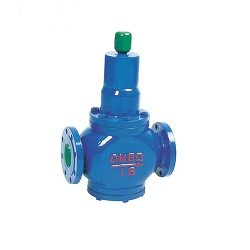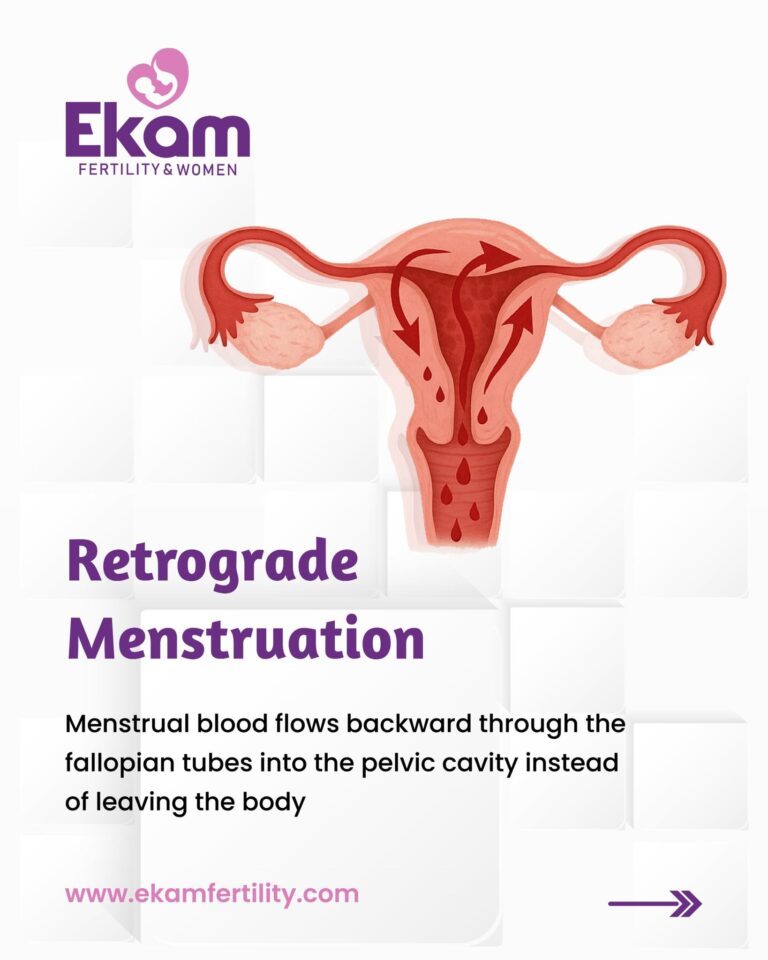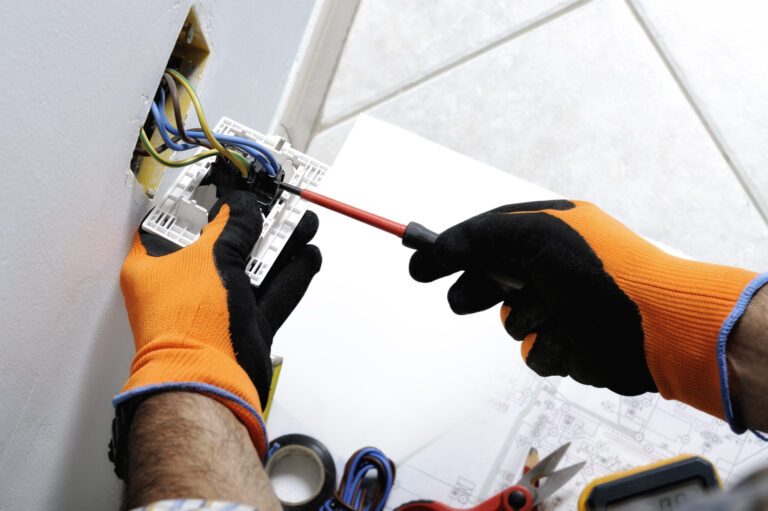Sky‑high electricity tariffs and record‑breaking temperatures have made summer a financial headache for many households. Discover why more Pakistanis are picking lightweight air coolers over conventional ACs—and what to check before you buy one.
When Electric Bills Melt Your Budget
Lahore’s mercury crossed 45 °C twice last June. Fans alone felt useless, and even those with split‑type air conditioners kept one eye on the thermostat and the other on the meter. Fixed‑speed compressors kick on at full power, gulp down units of electricity, then shut off—only to roar back to life minutes later. This stop‑start routine adds up quickly on a utility bill already padded by fuel‑adjustment surcharges.
For middle‑income families, staying cool now feels like a luxury. A typical 1.5‑ton inverter AC running eight hours a day can add PKR 15,000–18,000 to a summer bill. And that’s assuming steady voltage, a clean filter, and no surprise service calls. As budgets tighten, families begin scanning store shelves for something—anything—that offers real relief without the monthly sting.
Pressure Mounts: A True Story from Lahore’s Iqbal Town
Samina and her two school‑going kids live in a 900‑square‑foot rental portion with single‑brick walls and a tin‑sheet roof extension over the kitchen. Last year, her landlord installed a second hand split AC in the lounge. Great news—until the first WAPDA bill arrived. Ninety percent higher than the previous June, it forced Samina to ration usage to two hours at night.
Desperate, she visited Hafeez Center, where a salesperson demoed a mid‑sized cooler that could roll between rooms. It cost a fraction of even the least‑priced split unit, promised low wattage, and required just a daily refill of tap water. Skeptical yet curious, she purchased one. Within a week, nightly temperatures felt reasonable, and her following bill decreased by PKR 8,400 compared to the AC‑only month. The kids slept, homework improved, and Samina’s stress eased. Her story echoes across countless rental homes and small apartments in Punjab: the quest for a workable middle ground between sweltering heat and crippling electricity costs.
How a Compact Cooler Works—and Why It’s Winning Fans
Air coolers (sometimes called evaporative coolers) pull hot air through water‑soaked pads. As the water evaporates, it absorbs heat, pushing out cooler, slightly humidified air. Because only a low‑energy pump and fan are involved, typical consumption hovers around 100 W—roughly a tenth of what many air‑conditioners draw.
Key Advantages
- Low Operating Cost
Running eight hours a day can cost under PKR 1,200 a month, even after recent tariff hikes. - Mobility
Wheels let you shift the cooler from lounge to bedroom without a second purchase. - Fresh Air Exchange
Unlike sealed AC rooms, coolers require an open window, bringing in oxygen‑rich air. - Minimal Maintenance
Pads rinse clean; parts are inexpensive and locally available.
Of course, they’re not perfect. High humidity (as in Karachi’s monsoon months) can dampen the cooling effect. Yet across interior Punjab, southern KPK, and much of Sindh’s dry belt, these devices punch far above their price point.
Comparing Prices: What to Expect at Local Dealers
Walk into a chain retailer or browse online, and you’ll spot dozens of models—tower, desert, and personal coolers. Mid‑2025 shelf tags put reputable compact units between PKR 26,000 and PKR 46,000, depending on tank size and airflow rating (CFM). Customers often google dawlance air cooler price in pakistan to anchor expectations, then cross‑reference against imported brands. In the same search session, many also glance at the higher bracket for dawlance inverter ac models to weigh long‑term options, illustrating how these two product lines now occupy opposite ends of the cooling spectrum.
Case Study: From Blistering Heat to Budget Comfort in Model Town
Bilal owns a two‑story house in Lahore’s Model Town Extension with west‑facing bedrooms that roast after 4 p.m. He had installed a 1.5‑ton inverter AC upstairs but avoided daytime use because of soaring bills. Seeking a supplemental fix, he bought a 40‑liter desert cooler for PKR 38,500. The result:
- Room temperature dropped from 37 °C to 30 °C within 25 minutes on medium fan.
- Daytime AC hours fell by 60 %, saving roughly PKR 9,000 over July–August.
- Humidity stayed comfortable thanks to cross‑ventilation via a small bathroom window.
Bilal’s takeaway? He didn’t ditch his inverter AC; he paired it with an efficient cooler, creating a hybrid strategy that balanced comfort with cost.
Choosing the Right Cooler for Your Space
- Measure Airflow Needs
For living rooms up to 250 square feet, aim for 2,000–3,000 CFM. Larger halls may require 4,000 CFM or more. - Check Tank Capacity
Bigger tanks (35–50 liters) run overnight; smaller units might need a top‑up by dawn. - Look for Ice Trays and Digital Timers
Ice boosts initial chill; timers save power by shutting the unit off after you fall asleep. - Prioritize Honeycomb Pads
They resist algae better than wood‑wool material and last multiple seasons with simple rinsing.
Quick Pros vs. Cons at a Glance
- Pros
- Low electricity draw
- Easy relocation
- Fresh air, less stuffiness
- Cons
- Reduced efficiency in high humidity
- Requires daily water fill
- Not as precise as AC thermostats
Expert Tips to Maximize Performance
- Keep a window cracked on the opposite wall to allow warm air to escape; otherwise, humidity builds.
- Clean pads weekly during dusty periods to maintain airflow.
- Add a voltage stabilizer if your neighborhood experiences frequent dips; even though coolers use little power, electronics can still fry.
- Place the unit near an open door in multi‑room flats; the fresh air path improves evaporative effect.
Final Thoughts
Compact air coolers aren’t a silver bullet, but they fill a valuable gap between ceiling fans and full‑blown air‑conditioning. For renters, students, and families juggling multiple rooms, these lightweight units provide genuine comfort at a manageable operating cost. Pair one with an efficient AC—or use it solo in dry climates—and you’ll likely cut summer expenses without sacrificing sleep.












